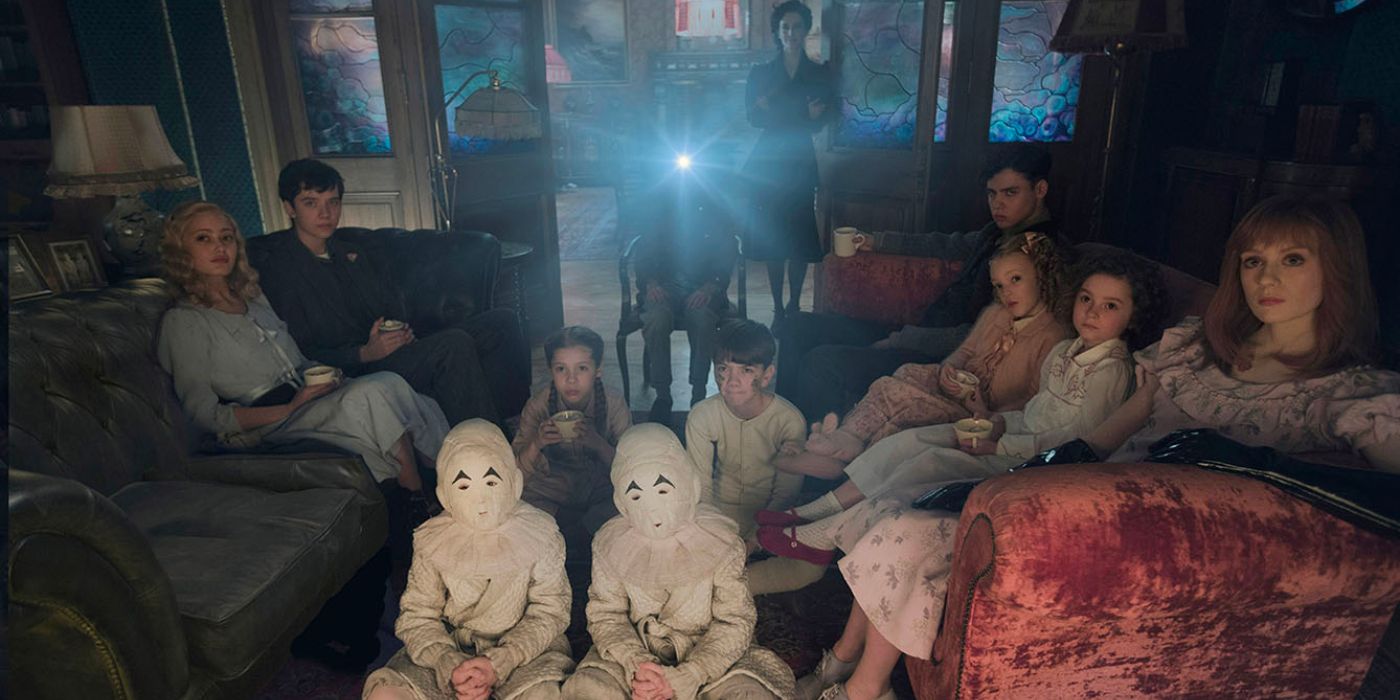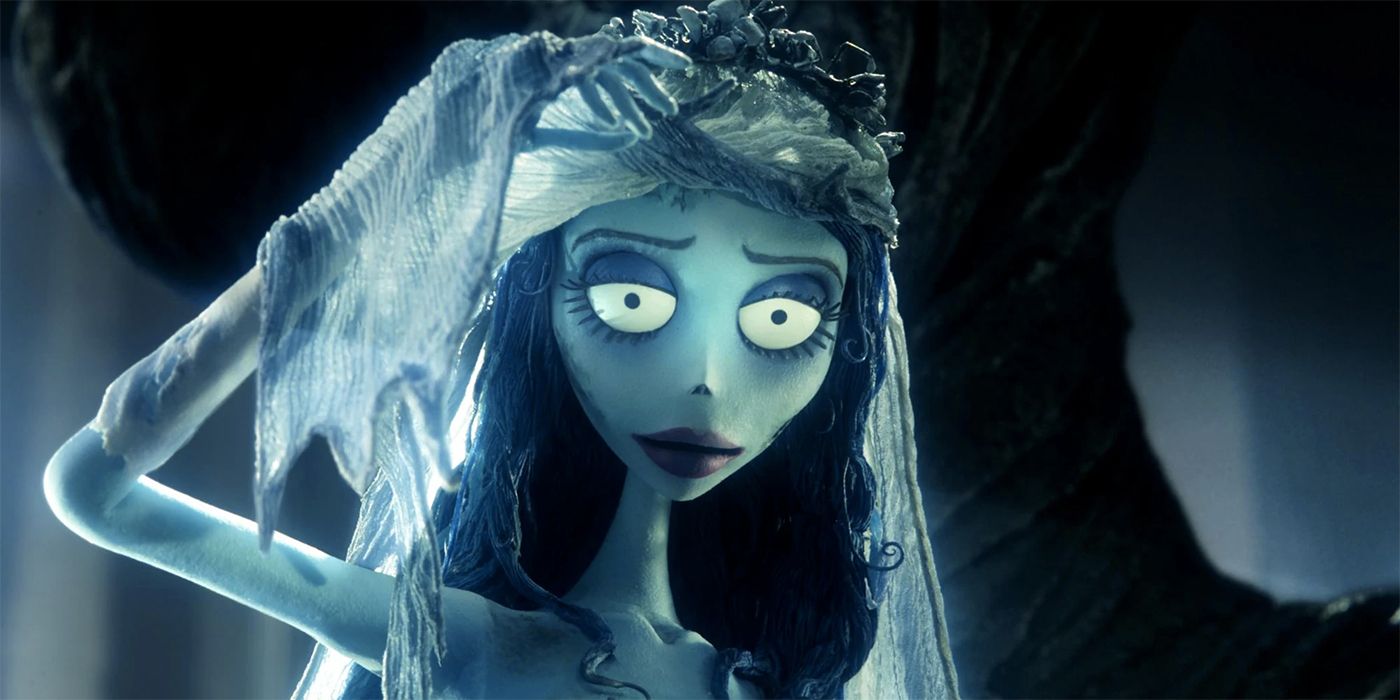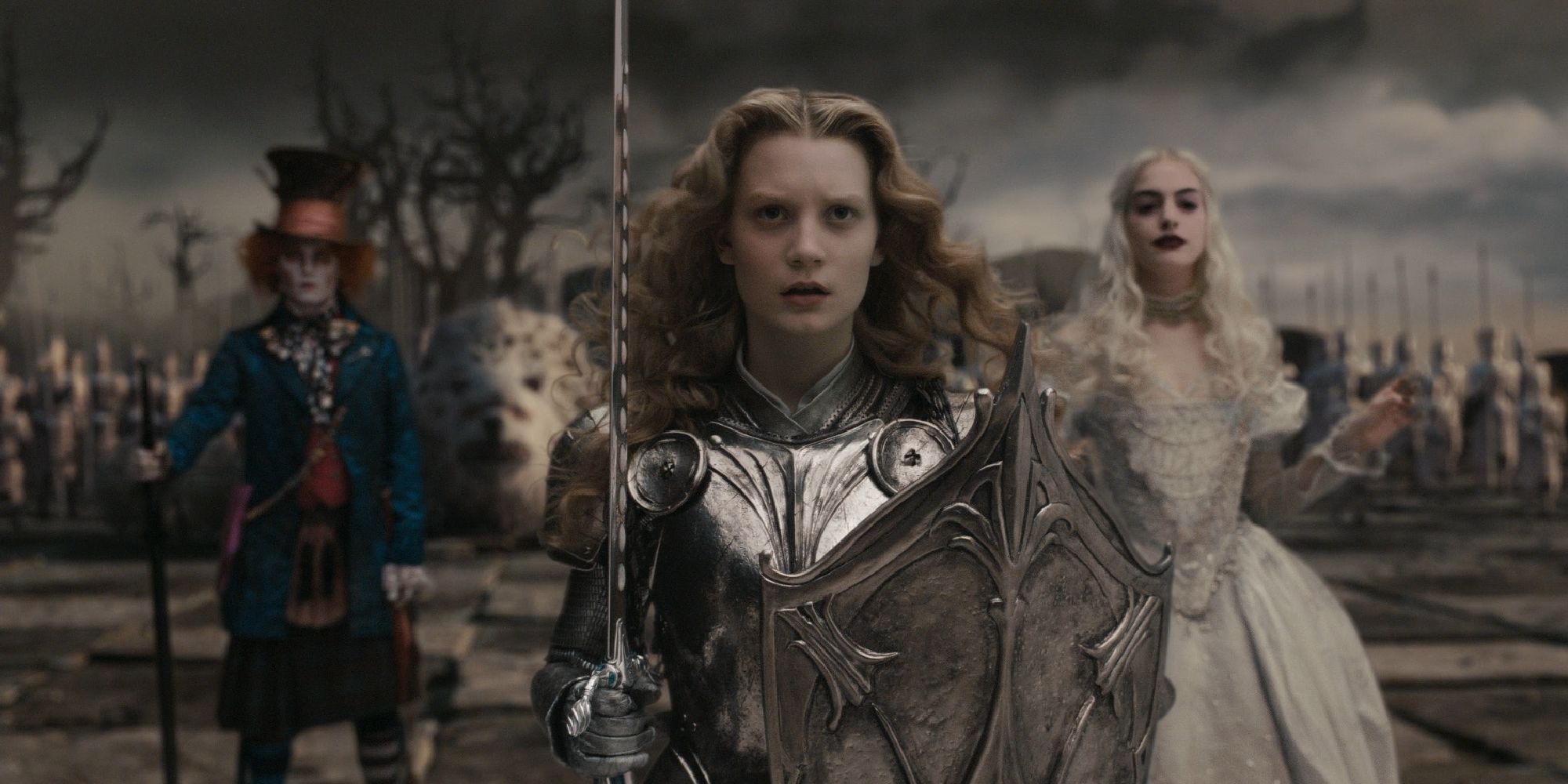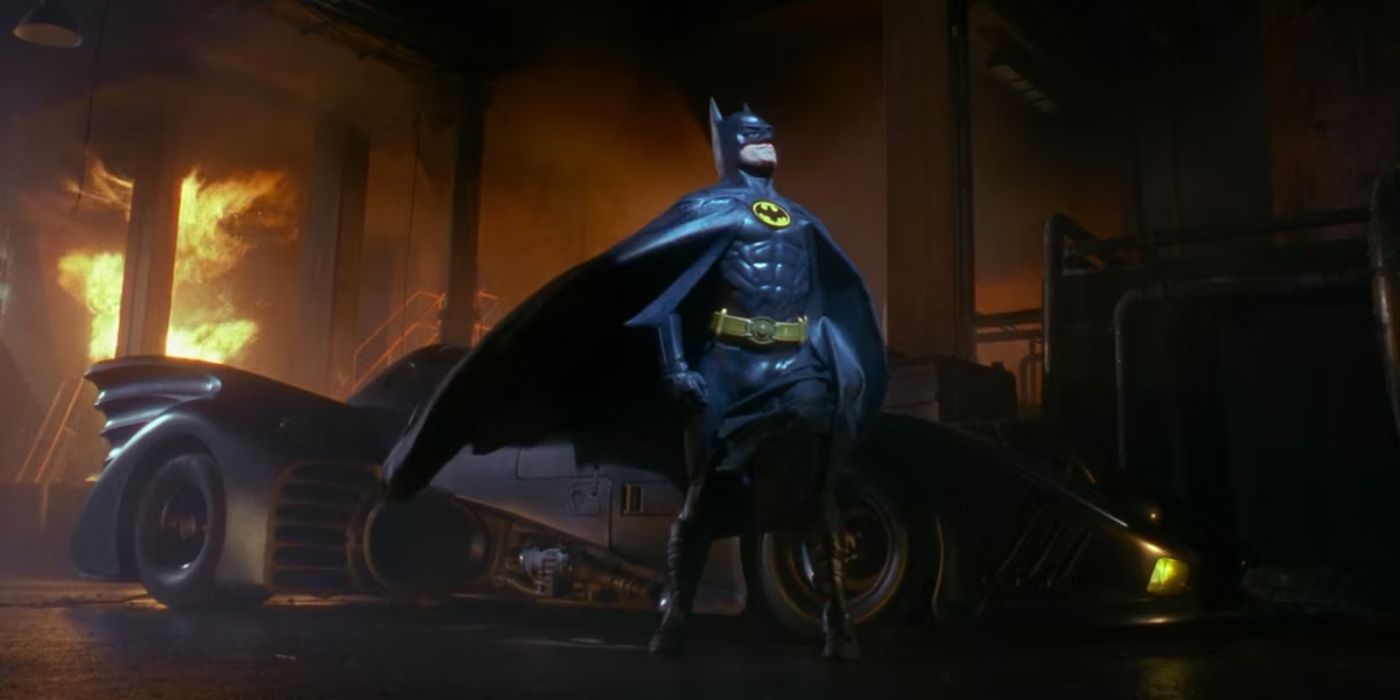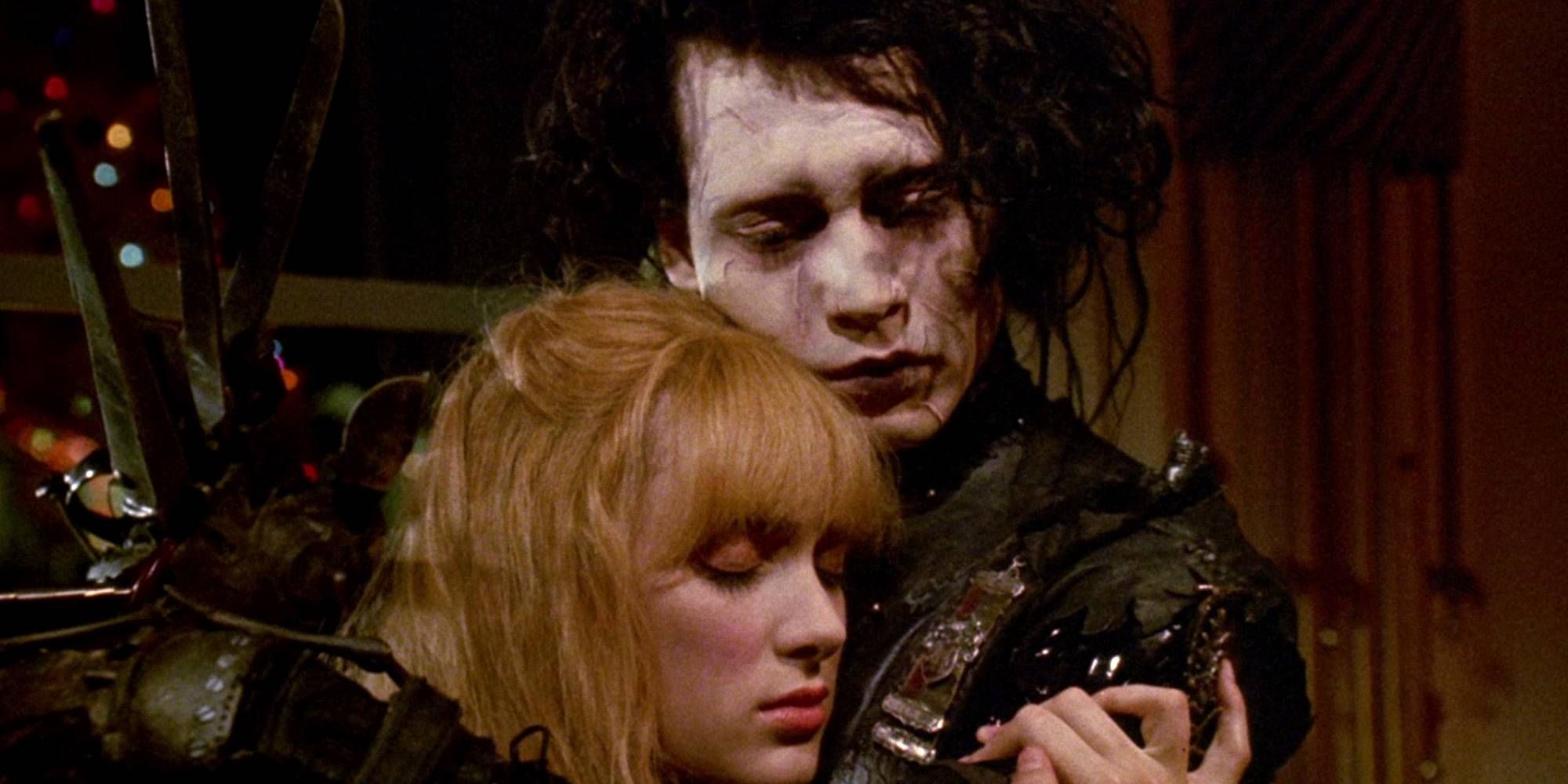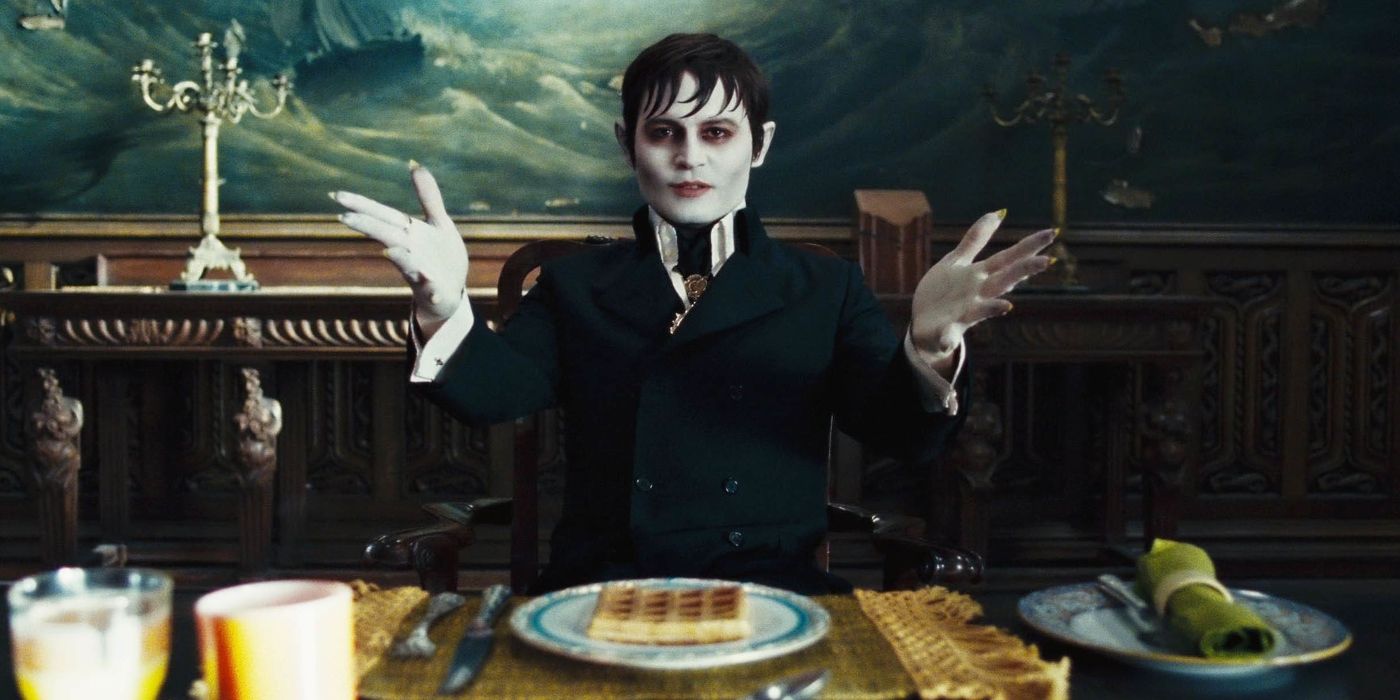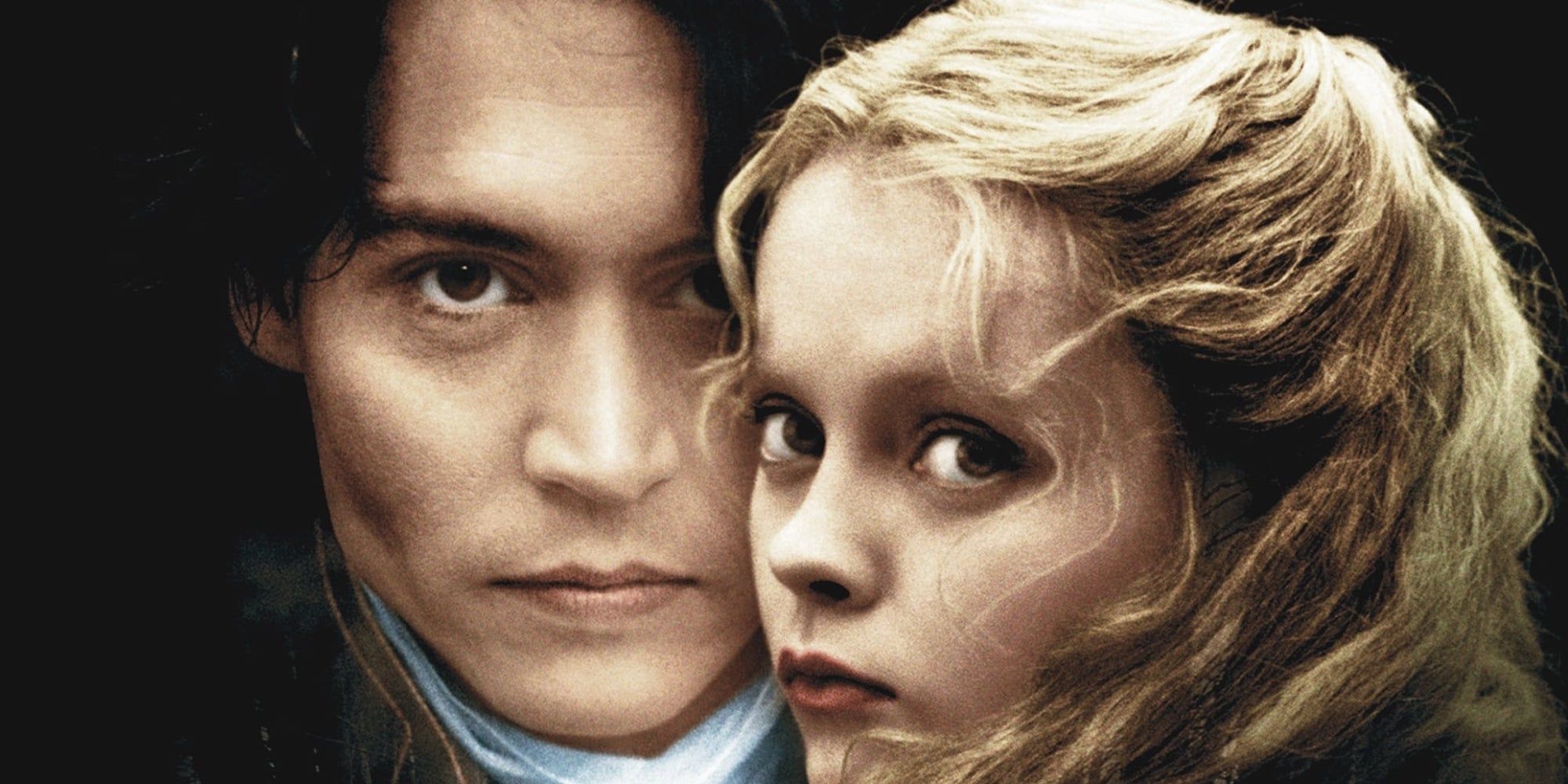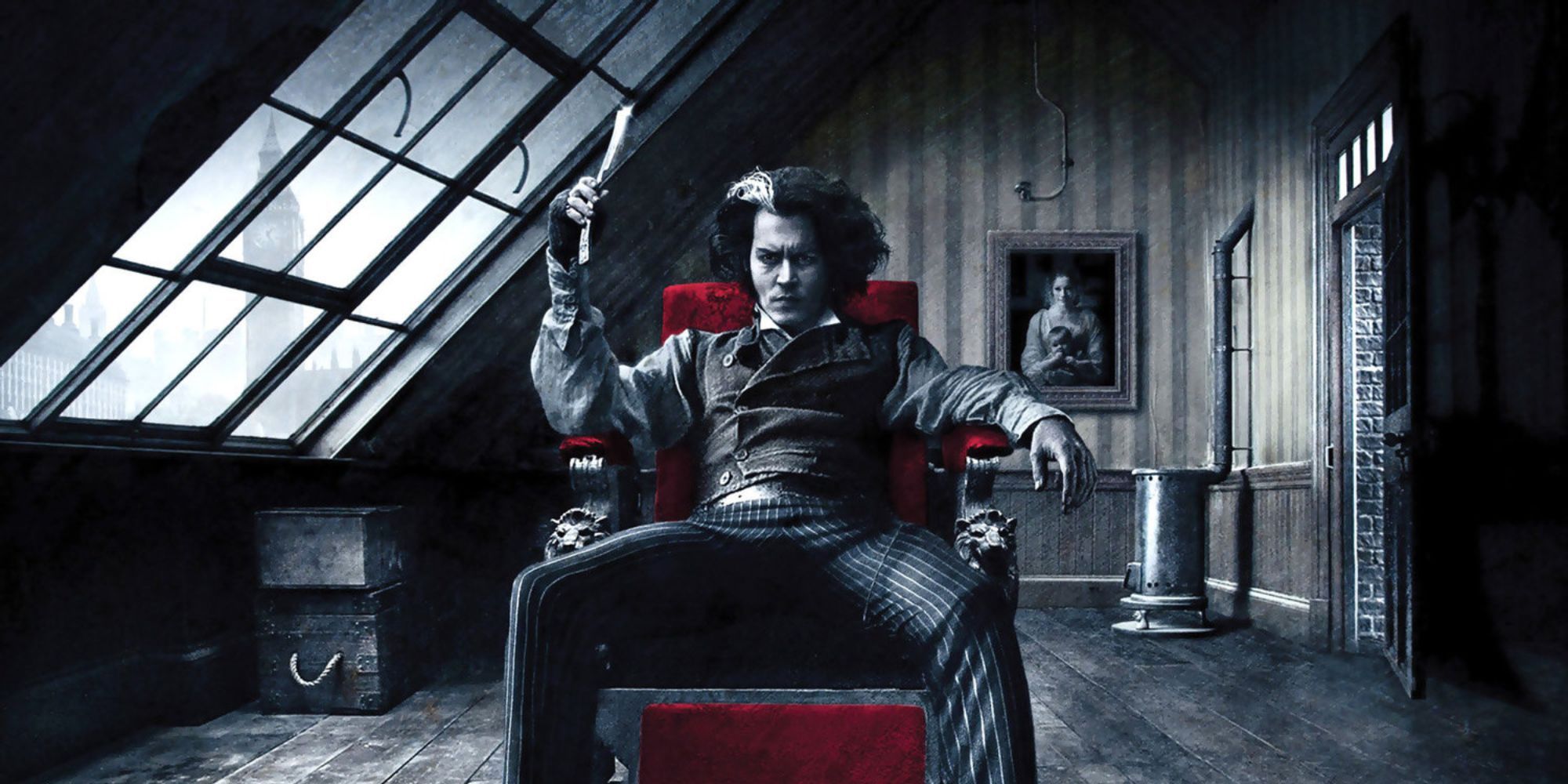Tim Burton is one of the few directors who can be seen as a master of the macabre. While he has not always made full-on horror films, his filmography maintains a predominantly Gothic tone with unusual characters, and they do not always have happy endings. Even his comedies like Beetlejuice, Mars Attacks, and Pee Wee’s Big Adventure deal with death, play with the supernatural, or have unsettling imagery. Even the movies he merely produced under other directors, like The Nightmare Before Christmas and James and the Giant Peach feature his design aesthetic so heavily that many forget he didn’t technically direct those movies.
His films often have a whimsical tone or setting, but they also deal with monsters, dark human impulses, and visuals that come straight out of a child’s nightmares – which to some makes them even more unsettling. Burton’s films are not entirely as bleak as films made by the likes of Wes Craven, David Cronenberg, or Stanley Kubrick, but they famously go to darker places than the likes of Stephen Spielberg or George Lucas.
10 ‘Beetlejuice Beetlejuice’ (2024)
Written by Alfred Gough & Miles Millar
It may stick to the original’s fun tone, but Beetlejuice Beetlejuice still has a story full of black comedy that goes to more extreme places than its predecessor. Lydia Deetz’s (Winona Ryder) gift to talk to ghosts has brought her great professional success, it has also made a rift between her and her daughter Astrid (Jenna Ortega). Amid a family tragedy, Astrid is whisked away to the afterlife, and Lydia realizes there’s only one person who can help her – the same ghost who tried to force her to marry him all those years ago.
Beetlejuice Beetlejuice has a supporting cast that includes far less sympathetic characters than the original, including a man who takes advantage of a woman in grief, a teenage ghost who is far more psychotic than he lets on, and Beetlejuice (Michael Keaton) himself is shown to be a genuine menace despite his goofy demeanor. It’s the funniest film Burton’s made in years, but it also matches his sense of darkness.
9 ‘Miss Peregrine’s Home For Peculiar Children’ (2016)
Written by Jane Goldman
Based on the dark fantasy book by Ransom Riggs, Miss Peregrine’s Home for Peculiar Children is a place told in stories by an old man (Terence Stamp) to his grandson Jacob (Asa Butterfield). After his grandfather’s death, Jacob travels to see the home, an old house stuck in a time loop years before it was destroyed in a WW2 raid. He befriends the titular headmistress (Eva Green) and her adopted children, all born with stage and unique powers – and all in danger from creatures called Hollowgasts that feed on the eyes of Perculiars like them.
Miss Peregrine’s Home for Peculiar Children has a familiar setup of a secret home for children born with unique abilities who live protected from a world that persecutes them. Still, Burton’s knack for dark storytelling helps this one stand out, opening with a horrifying death of a family member, kids with abilities that wouldn’t be out of place in Halloweentown, and some truly frightening villains with the Hollowgasts. It’s a dark fantasy film for kids that’s best watched with a family member at their side.
Watch on Disney+
8 ‘Corpse Bride’ (2005)
Written by John August, Caroline Thompson & Pamela Pettler
Corpse Bride is the first stop-motion film directed by Burton, and it has a decidedly more mature premise than his other stop-motion works. Victor Van Dort (Johnny Depp) is due to be married to a woman he hardly knows. When the rehearsal goes wrong, he decides to practice his vows on what he thinks is a root – only to realize he’s accidentally married a corpse. Once he’s whisked away to the land of the dead, he begins to bond with his new bride Emily (Helena Bonham Carter), while trying to get back home and save his living fiancée from meeting his corpse bride’s fate.
Corpse Bride has a similar spiritual vibe to The Nightmare Before Christmas, yet has a far less whimsical tone and story-line. The titular bride is a tragic figure with a dark backstory, and the film’s villain is a cold, calculating murderer whose methods are more calculating than the likes of Oogie Boogie. The darkness extends to the visual palette, where the world of the living is so bleak, colorless, and unromantic that the ones who appreciate life the most are the dead.
Watch on Netflix
7 ‘Alice in Wonderland’ (2010)
Written by Linda Woolverton
While blamed by many as the start of a low point in Burton’s career, Alice in Wonderland at the very least has a certain darkness to it that sets it apart from other live-action Disney remakes. Thirteen years after her first trip down the rabbit hole, Alice (Mia Wasikowska) finds herself back in Wonderland (or Underland as the locals call it) – but it’s a far different place than when she saw it. The Red Queen (Helena Bonham Carter) has taken over, and all who oppose her are either beheaded or killed by her pet dragon, the Jabberwocky (Christopher Lee).
While having a story that seems to go out of its way to be different from the book and the animated Disney film, it has more dark creativity than some have given it credit for. It can even get violent, with on-screen decapitation, eyeballs getting stabbed and even the Mad Hatter (Johnny Depp) gets a tragic backstory. It’s by no means the best adaptation of the story, but it still has a Burton charm to its design.
Watch on Disney+
6 ‘Batman’ (1989)
Written by Sam Hamm & Warren Skaaren
Before 1989, Batman was seen by the public as a jokey, campy character, due in no small part to the reputation of the Adam West TV show. But all that changed in large part thanks to Burton. This Batman (Michael Keaton) is not a quippy super-detective, but rather a brooding, quiet force of nature that terrifies all who greet him. And then there’s the film’s take on the Joker’s origin, with mobster Jack Napier (Jack Nicholson) not only getting the standard skin bleach but also a disfigurement that leaves him with a permanent grin on his face.
The film’s depiction of Gotham City is a dark, hellscape version of Metropolis, putting Burton’s love of German Expressionism to good use. While not always having fidelity to the source material, it still made audiences take Batman seriously again. In large part, Burton stuck to the character’s true dark tone and Gothic stylization that made him beloved in the comics.
Watch on Max
5 ‘Edward Scissorhands’ (1990)
Written by Caroline Thompson
Edward Scissorhands may not be Burton’s darkest work visually, but it’s without a doubt his most bittersweet. Up in a castle above a small town lives Edward (Johnny Depp), an artificial man whose inventor died before finishing his work. When he’s discovered by a nice family, he’s brought into the heart of American suburbia, who at first marvel at him and make him a local celebrity. But their mutual lack of understanding soon drives the neighborhood against him, with only the love of a girl giving him hope.
Edward Scissorhands has one of Burton’s brightest color palettes, yet that only highlights how tragic the tale of Edward is. While Edward tries to fit in, his lack of communication skills and the town’s lack of foresight leads to a permanent wedge between the two – and results in Edward committing an act of violence that all but guarantees he’ll never be able to be a part of what we consider to be normal society. In other words, a dark fairy tale for the goth kid in us all.
Watch on Disney+
4 ‘Dark Shadows’ (2012)
Written by Seth Grahame-Smith
Based on the soap opera of the same name, Dark Shadows tells the story of Barnabas Collins (Johnny Depp), a vampire who reawakens in 1972 and returns to his estate to meet his descendants. While many jokes are made about an 18th-century creature of the night attempting to hide his true nature whilst adjusting to 1970s sensibilities, his family is shown to have their own dark secrets. All the while, the witch (Eva Green) that cursed him tries to destroy his family once and for all.
Dark Shadows has extreme tonal clashes between a campy comedy and melodramatic horror. While the lead vampire is something of a sympathetic figure, he still kills innocent people left and right. As a result, the morality of the film is constantly in flux, with both the heroes and villains having their reasons why they do what they do but often take things too far. If Dark Shadows is a film about family, then the Collins are one of the darkest families out there.
Rent on Amazon
3 ‘Sleepy Hollow’ (1999)
Written by Andrew Kevin Walker
While Burton’s aesthetics have always leaned on the darker end of the genre spectrum, Sleepy Hollow is his first straight horror film. Loosely inspired by the classic Washington Irving tale, police constable Ichabod Crane (Johnny Depp) is sent to the quiet little village of Sleepy Hollow, a Dutch settlement plagued by murders that the locals insist were committed by a local spirit – the Headless Horseman (Ray Park & Christopher Walken). Now Ichabod must try and discover the truth behind this supposed folktale before more heads start to roll.
Most of Burton’s films pay tribute to various types of horror (predominantly German Expressionism), but Sleepy Hollow stands out as following the style of a classical Hammer Horror film. This means moody acting, a mostly gray color palette, and blood that’s so red it seems to pop off the screen. The film turns the classic story into something of a supernatural slasher movie, with several characters meeting grisly fates in a respectful tribute to a form of horror that sometimes goes overlooked.
Watch on Prime
2 ‘Batman Returns’ (1992)
Written by Daniel Waters
While the original Batman movie was embraced by audiences, Batman Returns proved to be a bit too dark for most audiences’ liking. In large part, this alienating darkness came from a single character – The Penguin (Danny DeVito). Compared to the gentleman villain of the comics, this version of Oswald Cobblepot is a deformed, perverted, animalistic freak who seeks to get revenge on Gotham’s elite by first running for mayor and unleashing his gang of circus freaks on the city, then by trying to murder all of Gotham’s firstborn children in a modern biblical plague. If that wasn’t enough, Batman and Catwoman’s (Michelle Pfeiffer) romance ends in tragedy, with one seemingly dying, and one going to spend Christmas alone.
These elements, as well as the cold contrast to the film’s Christmastime setting, resulted in more backlash than Warner Bros. was prepared for, resulting in Burton handing the reigns to Joel Schumacher for the far more family-friendly Batman Forever. But in time, Batman Returns’ darker elements have become celebrated by cult audiences and helped set it apart from other Batman films.
Watch on Max
1 ‘Sweeney Todd: The Demon Barber of Fleet Street’ (2007)
Written by John Logan
Based on the hit Broadway show of the same name, Sweeney Todd is a musical that tells a dark story of vengeance and murder. It begins with Sweeney Todd (Johnny Depp) returning to London after serving 15 years in prison for a crime he didn’t commit, seeking vengeance on the Judge (Alan Rickman) who tore his family apart. When his opportunity for revenge is taken, Todd goes off the deep end and decides to kill everyone who comes into his barbershop for a shave. That’s when his lovesick neighbour Mrs Lovett (Helena Bonham Carter) decides to add a new recipe to her meat pies.
Rather than fitting the usual Burton archetype of a misunderstood loner with a gift, the lead of this musical thriller believes everyone is awful and everyone deserves to die. Few characters survive to the end and are permanently scarred by what they go through. While the original Broadway musical is a black comedy, the film carries more of a deadpan, moody tone that makes it Burton’s darkest film yet.
Watch on Prime


